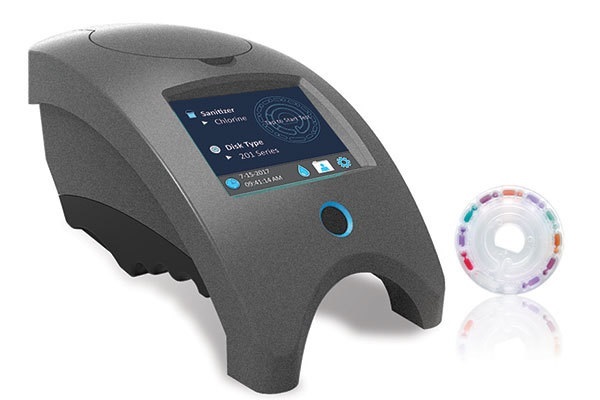
The Ultimate Guide: How to Maintain Crystal-Clear Water in Your Koi Pond
Introduction
Koi fish are elegant creatures in a pond, wherein their vibrant scales and movements create a peaceful atmosphere, bringing serenity to any space. But owning a koi pond also entails responsibilities, such as ensuring the water remains fresh and suitable for your koi fish to sustain their life. The key to keeping your water clean is by maintaining its quality, so your koi fish remain healthy and happy. This guide will outline important steps to take in ensuring your pond water remains crystal-clear.
Why is Good Water Quality Important?
Koi fish need clean water to survive, and good water quality is vital to keep their immune systems healthy. This is especially true as poor water quality can lead to diseases, infections, or even death in severe cases. Maintaining a healthy environment in the pond is therefore crucial for the growth and well-being of your koi fish.
Factors that Affect Water Quality
There are common factors that can affect the water quality in koi ponds, which include:
- Overfeeding - excess food pollutes the water
- Dead leaves and fish waste - decomposition produces ammonia, nitrates, and nitrites which harm fish
- Sunlight - too much can cause excessive algae growth, thus, impacting water quality
- Rainfall - heavy rain can wash in pollutants into the pond
Steps to Maintaining Clear Water
Install a Good Filtration System
The first and most important step in maintaining clear water in a koi pond is to install a good filtration system. Good filtration can help remove debris, food particles, and other organic substances that can pollute the water. There are two types of filters that you can install in your koi pond: mechanical and biological filters.
Mechanical filters work by trapping large particles such as fish waste and debris. They have a filter media that traps debris. As a result, they require frequent cleaning. Biological filters, on the other hand, are designed to remove harmful toxins from the water. They use bacteria to break down ammonia, nitrites and nitrates into non-toxic forms.

Feed Your Fish Sparingly
Overfeeding is a common mistake made when caring for koi fish. Feeding your fish too much or too often can lead to accumulations of uneaten food particles in the pond, which leads to water pollution. A general rule of thumb is to feed your fish no more than once or twice a day in the right amounts they can consume within five minutes.
Add Aquatic Plants
Aquatic plants like water lilies and lotus plants help control excessive algal growth in the pond by reducing sunlight exposure. Algae require sunlight to grow, and shading limits their growth. Additionally, plants grow by consuming the same nutrients that algae require thereby reducing their presence. Plants also absorb carbon dioxide and produce oxygen, which helps maintain oxygen levels in the pond. Aeration is important in raising dissolved oxygen levels, which your koi fish need to survive.

Regular Water Changes
Regular water changes are crucial in maintaining good water quality in a koi pond. As water evaporates from the pond, water level drops, salinity increases and other impurities accumulate in the pond. You can perform 10% to 20% water changes every week, depending on the number of fish and the amount of debris in the pond.
Test Water Quality Regularly
Water testing is crucial in understanding the state of your pond water quality. Different types of water test kits are available in the market, either digital or chemical-based. The most important parameters to test are pH, ammonia, nitrite, and nitrate levels.

Conclusion
Maintaining clear water in a koi pond requires regular maintenance and keeping up on water quality. Installing a good filtration system, feeding your fish sparingly, adding aquatic plants, performing regular water changes, and testing water quality regularly are key components to keeping a healthy environment for our aquatic pets. Following these steps will improve your pond’s water quality and ensure the longevity and health of your koi fish.